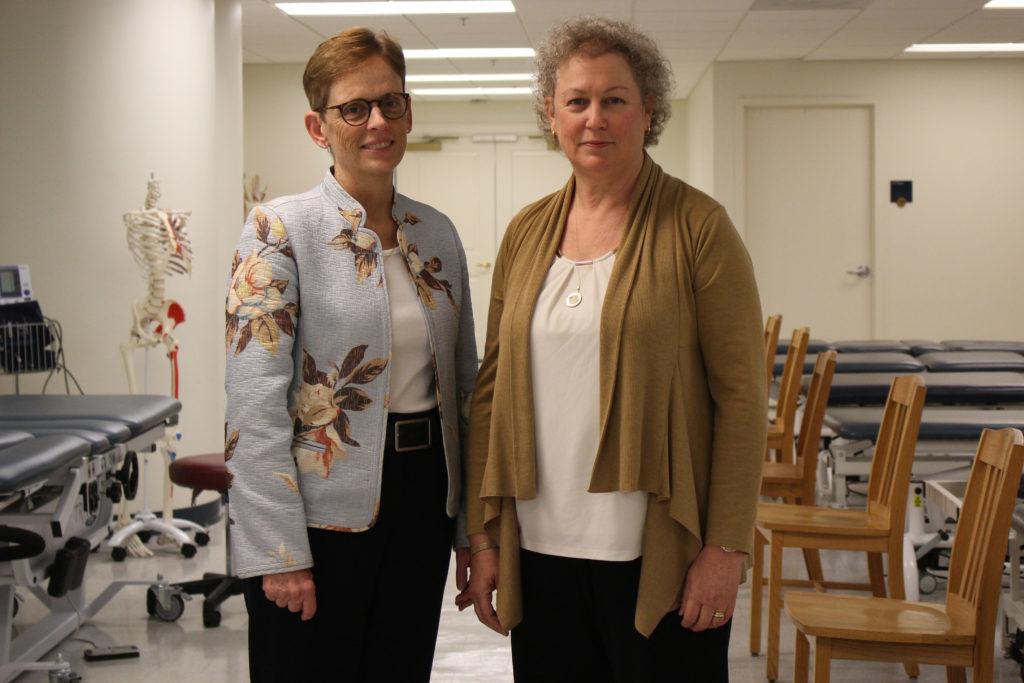More than four out of every five physical therapists have experienced some form of sexual harassment on the job, according to a new study conducted by a medical school professor.
Jill Boissonnault, a visiting associate professor of physical therapy and health care sciences, published a study last month that found that 84 percent of physical therapists surveyed were sexually harassed over the course of their careers and more than a third were victims of severe abuse like groping, indecent exposure, masturbation and sexual assault by patients. Boissonnault said the study highlighted the vulnerability of physical therapists – whose job often requires intimate contact with patients – to various forms of sexual abuse.
It had been about 20 years since research on this type of sexual misconduct within the physical therapy profession had been conducted, she said.
The study, which was published Aug. 21 by the American Physical Therapy Association, surveyed more than 1,000 physical therapists on inappropriate patient sexual behavior they’ve experienced while at work.
“Clinicians have a duty to treat this population but also need to balance this ethical duty to care with needs for personal safety,” she said in an email.
Boissonnault said it was particularly interesting to see that 47 percent of those who responded to the survey had experienced inappropriate patient sexual behavior within the last year, which she considered to be a high percentage for such a short time span.
Additionally, 37 percent of respondents had experienced the most severe forms of IPSB, including genital exposure, masturbation, groping, stalking, threatened assault and sexual assault, she said.
She said she began the study after attending a 2013 APTA seminar on inappropriate sexual behavior in physical therapy offices.
“My area of practice is in women’s health, and I was curious to see if working with patients around intimate body areas might result in higher levels of IPSB,” Boissonnault said.
She said the study was completed through an electronic questionnaire open to all physical therapists, physical therapy assistants and physical therapy students in the U.S. The survey was advertised through educational programs and a special interest section of the APTA’s website, she said.
Boissonnault worked on the study with Scott Hetzel, a statistician at University of Wisconsin; Margaret Plack, a professor in GW’s doctor and physical therapy program and Ziadee Cambier, a practicing physical therapist in Seattle.
She received an APTA grant to hire a statistician for the study, she said.
Boissonnault said the results will hopefully lead to better working conditions for physical therapists and physical therapy students. Students experience inappropriate patient sexual behavior at a higher percentage than clinicians, she said.
“This points to the need to better educate students, faculty and clinical instructors in order to both prevent the IPSB and to assist students in managing it and responding to it,” she said. “Shining a light on the prevalence of this is hopefully a means of prevention and a way to ensure safety for practitioners.”
She said that she hopes the study will draw attention to administrative policy governing physical therapists and encourage health care facilities to improve training and policies on transferring or terminating care for patients who continually engage in harassment or abuse.
Boissonnault said she plans to complete a second paper examining the strategies physical therapists use when a patient makes sexual remarks or behaves inappropriately.
“We look forward to continued discussion on how to move forward in handling IPSB when it occurs and hopefully, lessening the prevalence in years to come,” she said.





